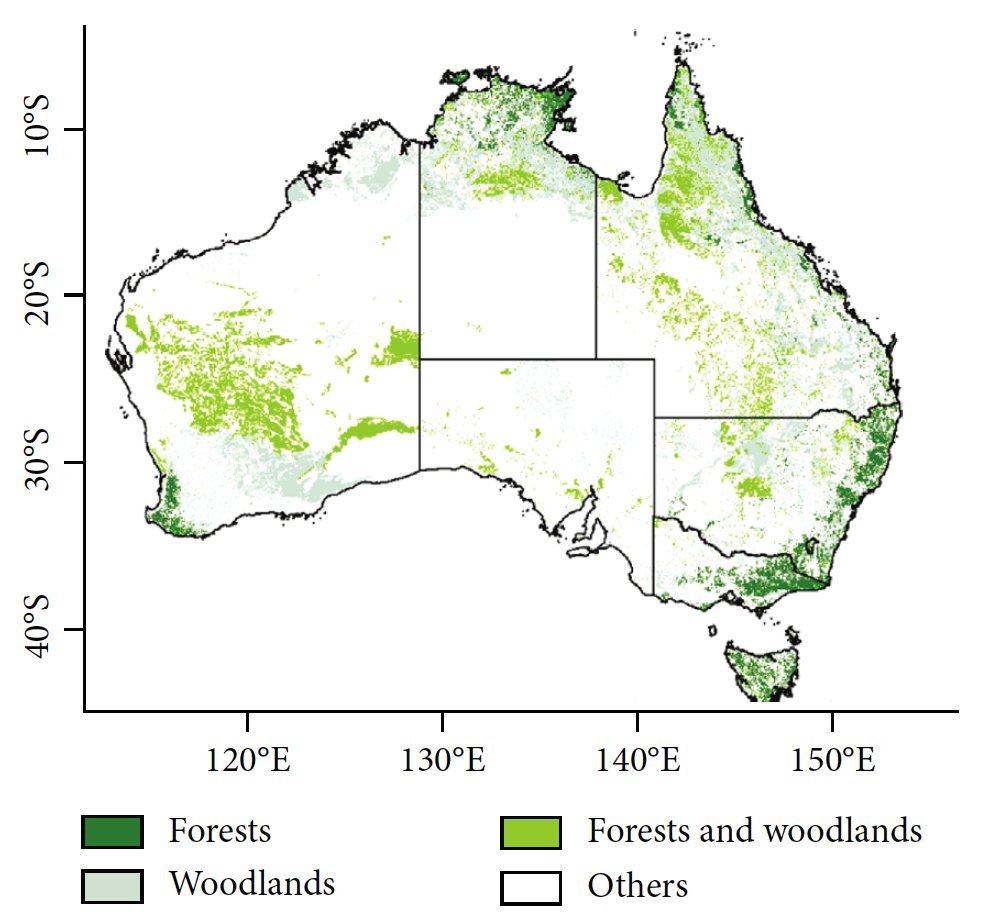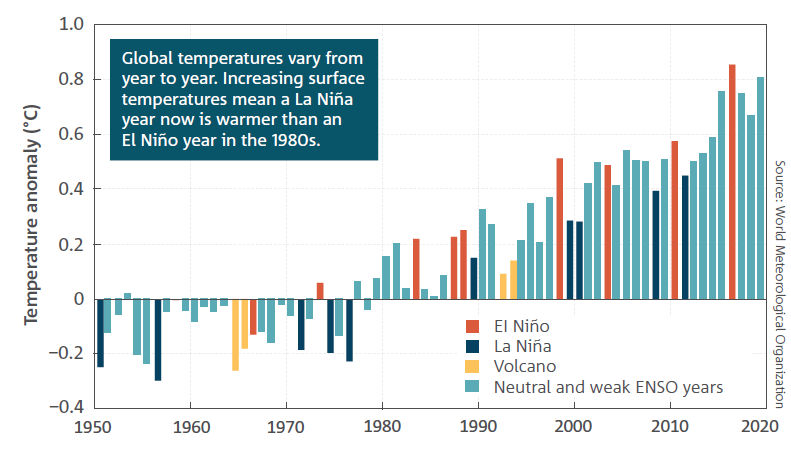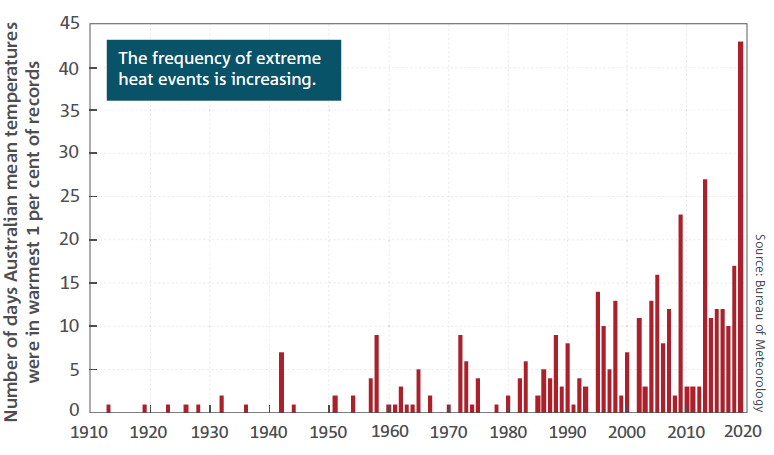
Exe. Dir., Global Carbon Project, @gcarbonproject; human effects on carbon & other biogeochem. cycles, climate change, decarbonization pathways, global ecology.
How to get URL link on X (Twitter) App




 2/4
2/4https://twitter.com/pepcanadell/status/1408314046034579456?s=20), few have been demonstrated at scales that matter to the global climate.


 2/10
2/10



 2/5
2/5

 Current atmospheric concentrations of CO2, CH4 and N2O are higher than at any point in the last 800,000 years. For CO2, concentrations are unprecedented in the last 2 million years.
Current atmospheric concentrations of CO2, CH4 and N2O are higher than at any point in the last 800,000 years. For CO2, concentrations are unprecedented in the last 2 million years.

 2/n
2/n

 2/n
2/n

 2/n
2/n

 Number of extreme hot days
Number of extreme hot days 

 Planting trees is certainly an important part of the climate change mitigation portfolio, but are neither cheaper nor easier to implement than other options. Most importantly, it won't fix the climate problem, albeit it should be part of the solution. 2/2
Planting trees is certainly an important part of the climate change mitigation portfolio, but are neither cheaper nor easier to implement than other options. Most importantly, it won't fix the climate problem, albeit it should be part of the solution. 2/2